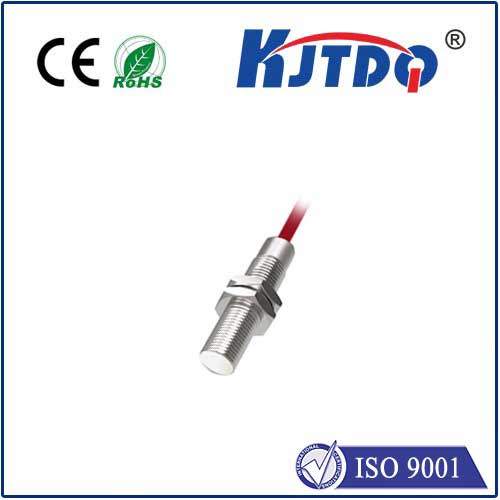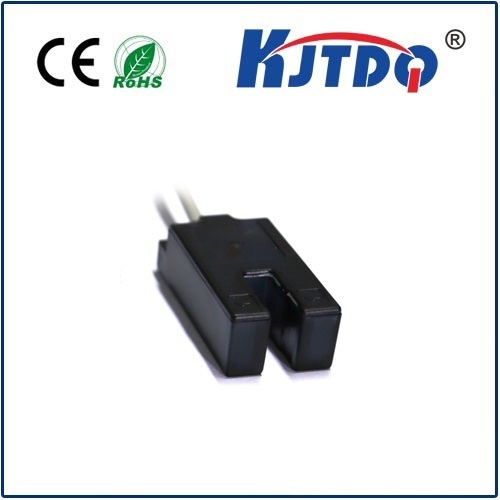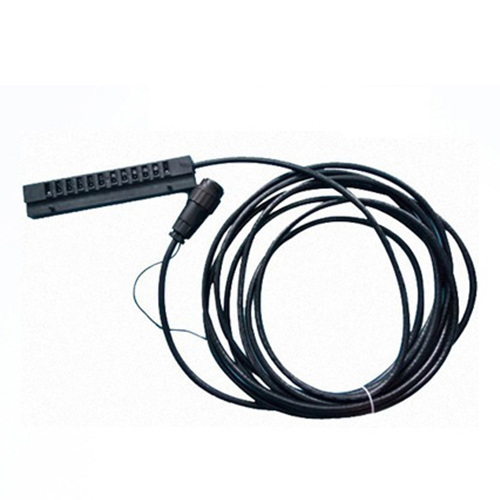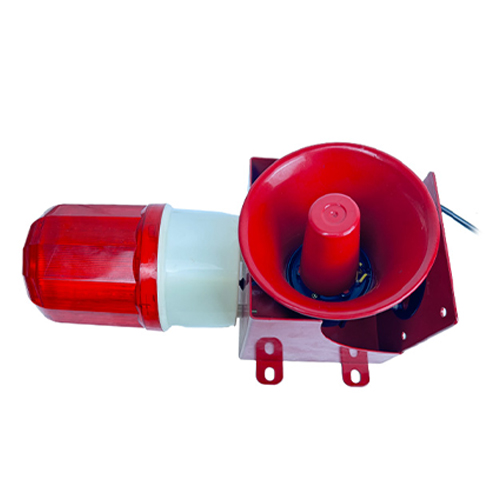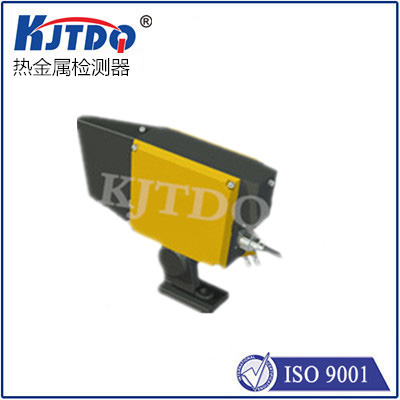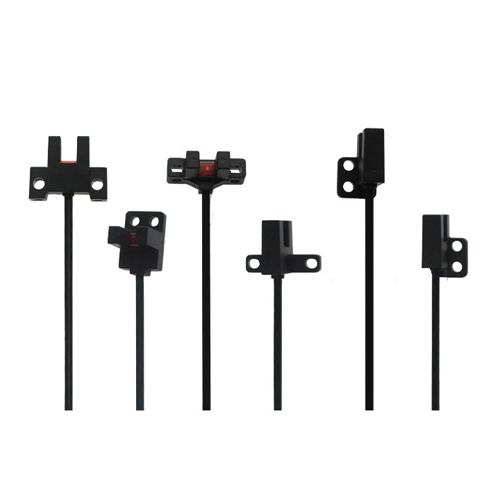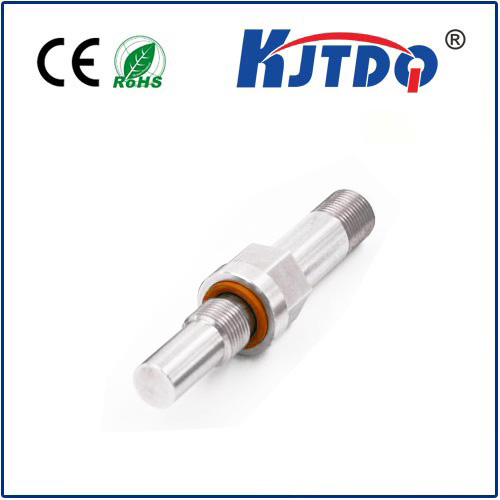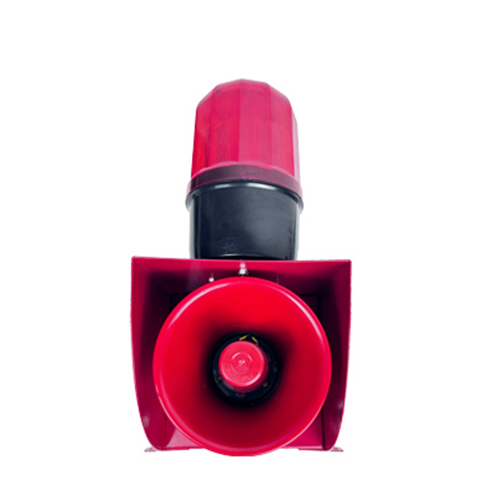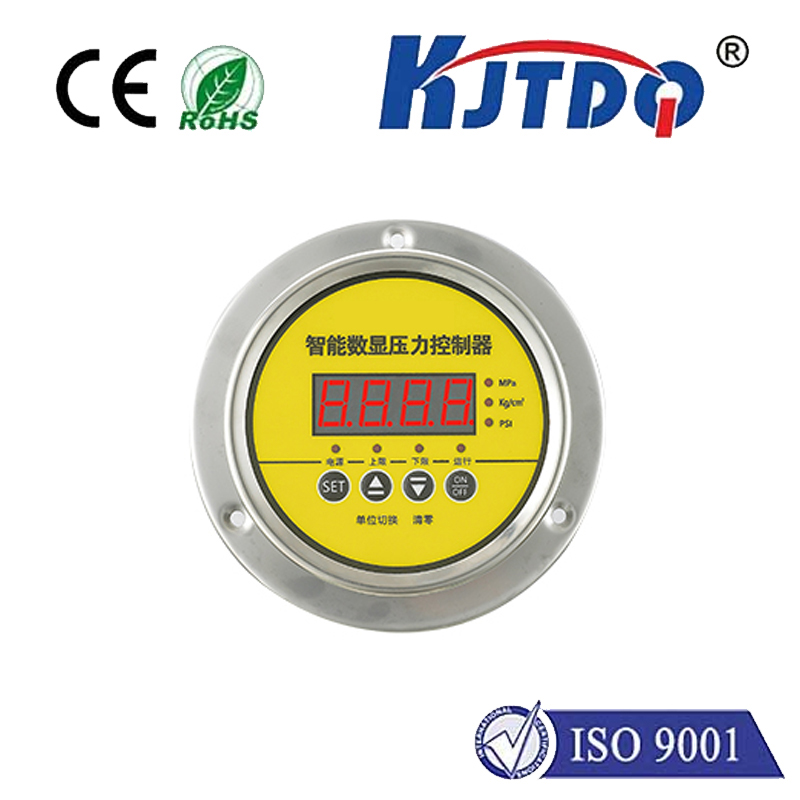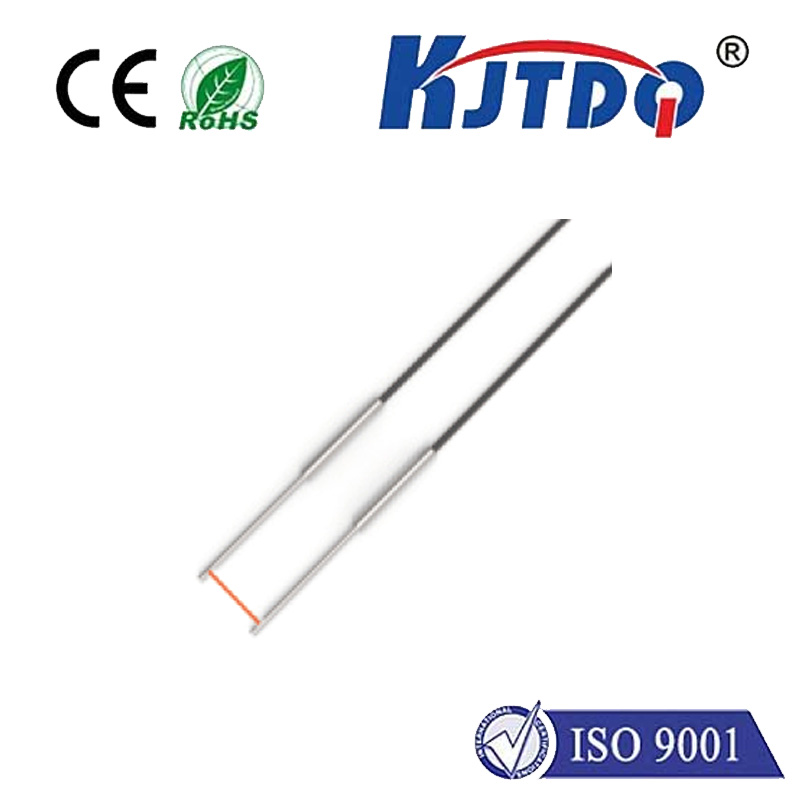

check

check

check

check
In the fast-paced world of industrial automation, a single malfunction can trigger costly downtime or even catastrophic failures—especially in high-pressure environments like oil refineries or hydraulic systems. That’s where cutting-edge technology steps in, and the BES03Z7 high pressure proximity sensor stands out as a game-changer. Designed to detect objects with precision amid extreme pressures, this sensor isn’t just another gadget; it’s a vital safeguard that boosts efficiency and reliability across countless applications. Imagine reducing unplanned shutdowns by 30% or enhancing worker safety—all thanks to its robust design. Let’s explore why this innovation is revolutionizing industries, from manufacturing plants to renewable energy setups.
First and foremost, understanding what the BES03Z7 high pressure proximity sensor entails sets the stage for its significance. As a proximity sensor, it operates without physical contact, using electromagnetic fields to detect nearby objects—whether metals, liquids, or other materials. What distinguishes the BES03Z7 model is its specialization for high-pressure conditions, where standard sensors often fail. This device is engineered to withstand pressures up to 500 bar (a key spec that underscores its resilience), making it ideal for environments like hydraulic presses or deep-sea drilling rigs. By providing accurate, real-time feedback on object proximity, it helps prevent collisions, leaks, or overloads, thus minimizing risks and optimizing operational flow. Essentially, it transforms raw data into actionable insights, ensuring systems run smoothly under the toughest demands.

Delving into its technical features, the BES03Z7 proximity sensor boasts an array of advanced capabilities that justify its growing popularity. One standout is its IP68-rated enclosure, which guarantees dust-tight and waterproof protection—crucial for humid or corrosive settings. Internally, it employs non-contact inductive sensing, allowing for detection ranges of up to 15mm with a swift response time under 1 millisecond. This speed is vital in high-stakes scenarios, such as monitoring moving machinery parts where delays could spell disaster. Additionally, the sensor operates reliably across a wide temperature spectrum (-40°C to 85°C), ensuring consistent performance in freezing Arctic pipelines or scorching desert wells. Such durability results from superior materials like stainless steel housing, which resists wear and tear over years of service. Unlike generic alternatives, the BES03Z7 high-pressure proximity sensor is calibrated for precision, offering minimal false triggers and a long lifespan of over 10 million cycles. These attributes not only cut maintenance costs but also contribute to sustainability by reducing electronic waste.
Moving to practical applications, the BES03Z7 high pressure proximity sensor excels across diverse sectors, demonstrating its versatility and impact. In the automotive industry, it’s integral to assembly lines, where it detects hydraulic pistons in real-time to prevent jams and improve throughput. For example, Tesla’s factories use similar sensors to streamline battery production, reporting a 25% boost in efficiency. The energy sector relies heavily on this technology too; offshore wind farms deploy the BES03Z7 to monitor turbine blades under high-pressure winds, averting failures that could lead to environmental hazards. Manufacturing plants also leverage it for quality control, such as in plastic injection molding where sensors ensure molds align perfectly without contact, avoiding defects. Even in pharmaceuticals, it aids sterile packaging lines by detecting vial positions under vacuum pressures. Each instance highlights how proximity sensing drives smarter decisions, turning potential chaos into controlled precision.
But how exactly does the BES03Z7 high-pressure proximity sensor work to achieve such feats? It all starts with its core principle: electromagnetic induction. When an object enters the sensor’s detection field, it disrupts the electromagnetic flux, triggering a signal that interprets proximity data. This non-invasive method eliminates the need for physical switches, which are prone to corrosion in harsh conditions. The BES03Z7 model enhances this with built-in amplification circuits, filtering out noise to deliver clear, stable outputs even amid vibrations or pressure fluctuations. Users can integrate it seamlessly into PLC (Programmable Logic Controller) systems via standard M12 connectors, enabling remote monitoring through IoT platforms—a feature that future-proofs installations as industries embrace digitalization. Essentially, it translates complex physics into user-friendly operations, allowing technicians to set thresholds easily for alarms or automated responses. This simplicity, combined with ruggedness, makes installation straightforward and scalable.
To maximize the benefits of the BES03Z7 proximity sensor, adopting best practices is essential. Regular calibration checks—say, every six months—ensure accuracy remains spot-on, while simple cleaning routines prevent buildup from grime. Choosing the right variant for specific pressures is key; consult specs like its 10-30V DC operating range to avoid underperformance. Integrating it with predictive maintenance software amplifies advantages, spotting trends before issues escalate. For instance, companies report up to 40% fewer breakdowns when pairing this sensor with AI analytics. Always prioritize sourcing from reputable suppliers to avoid counterfeits, as genuine BES03Z7 units meet ISO certifications for safety compliance. By following these tips, industries not only enhance safety but also extend ROI through smoother, more efficient workflows.
